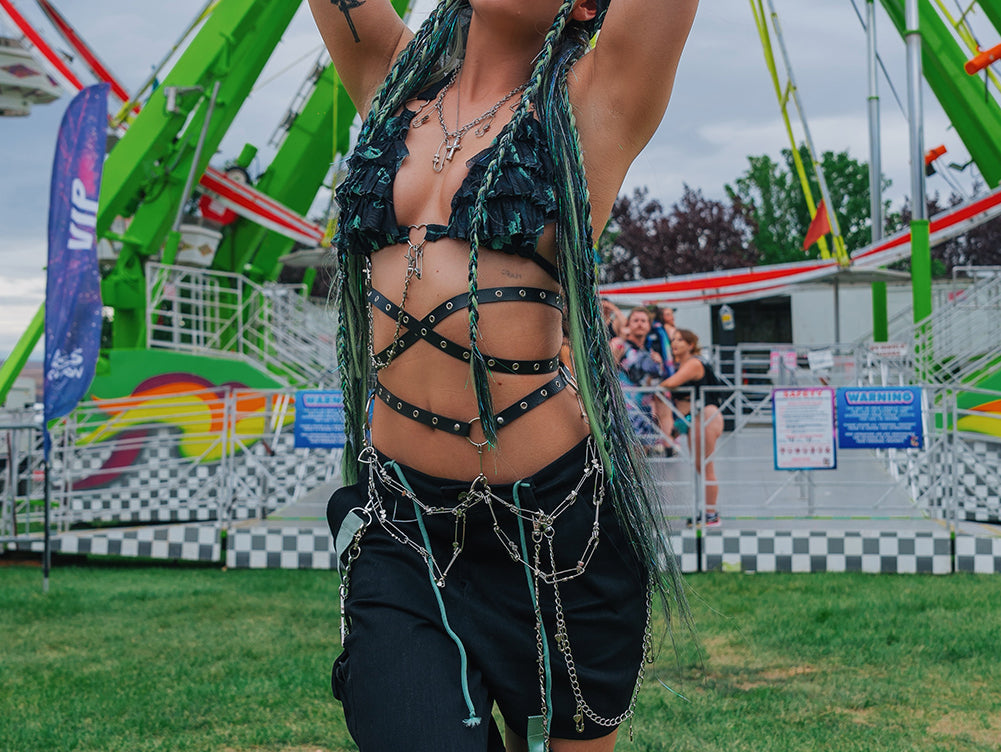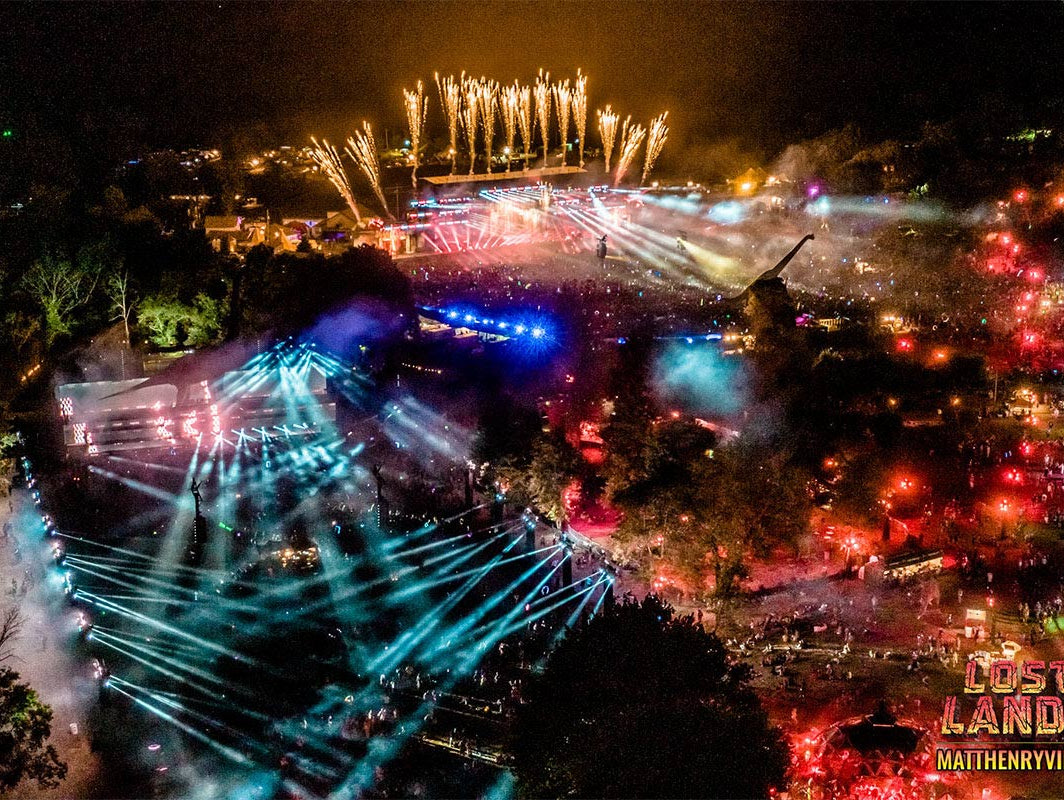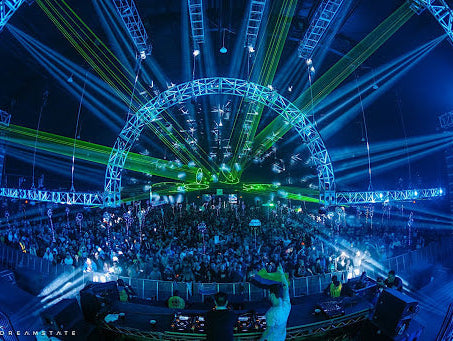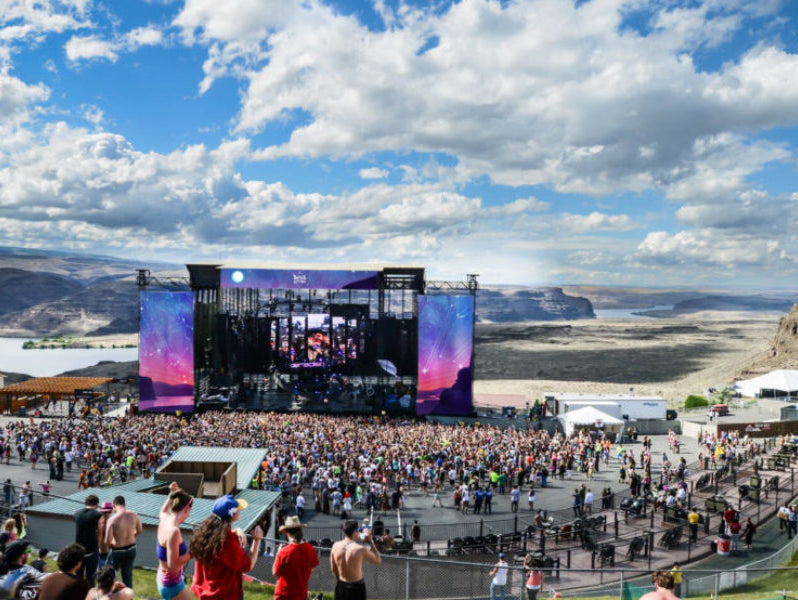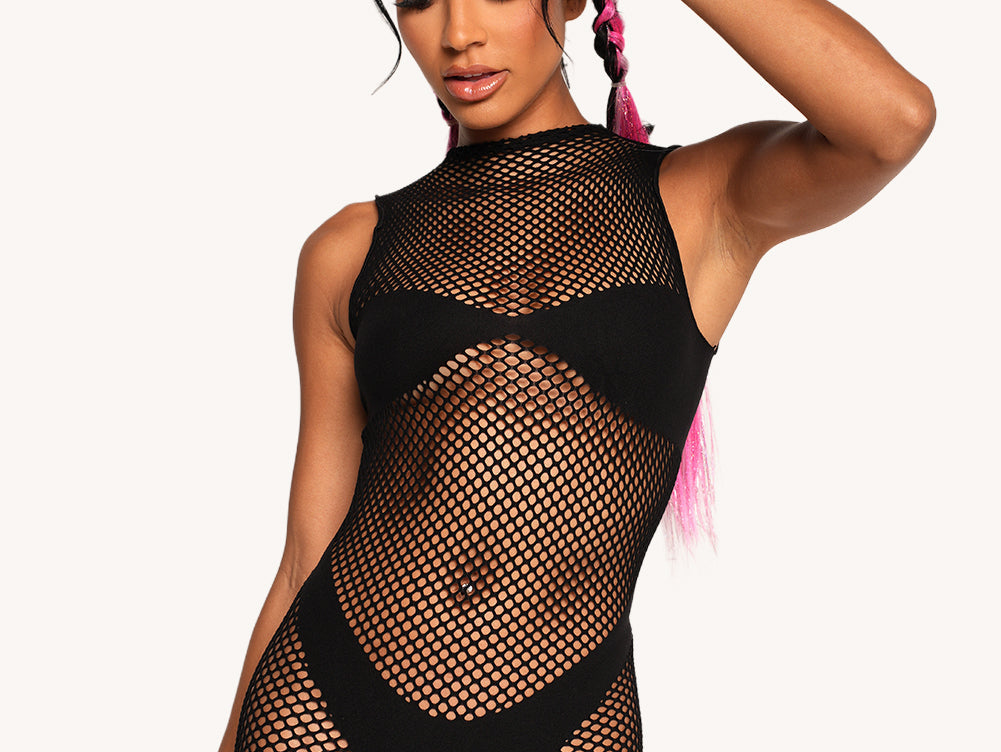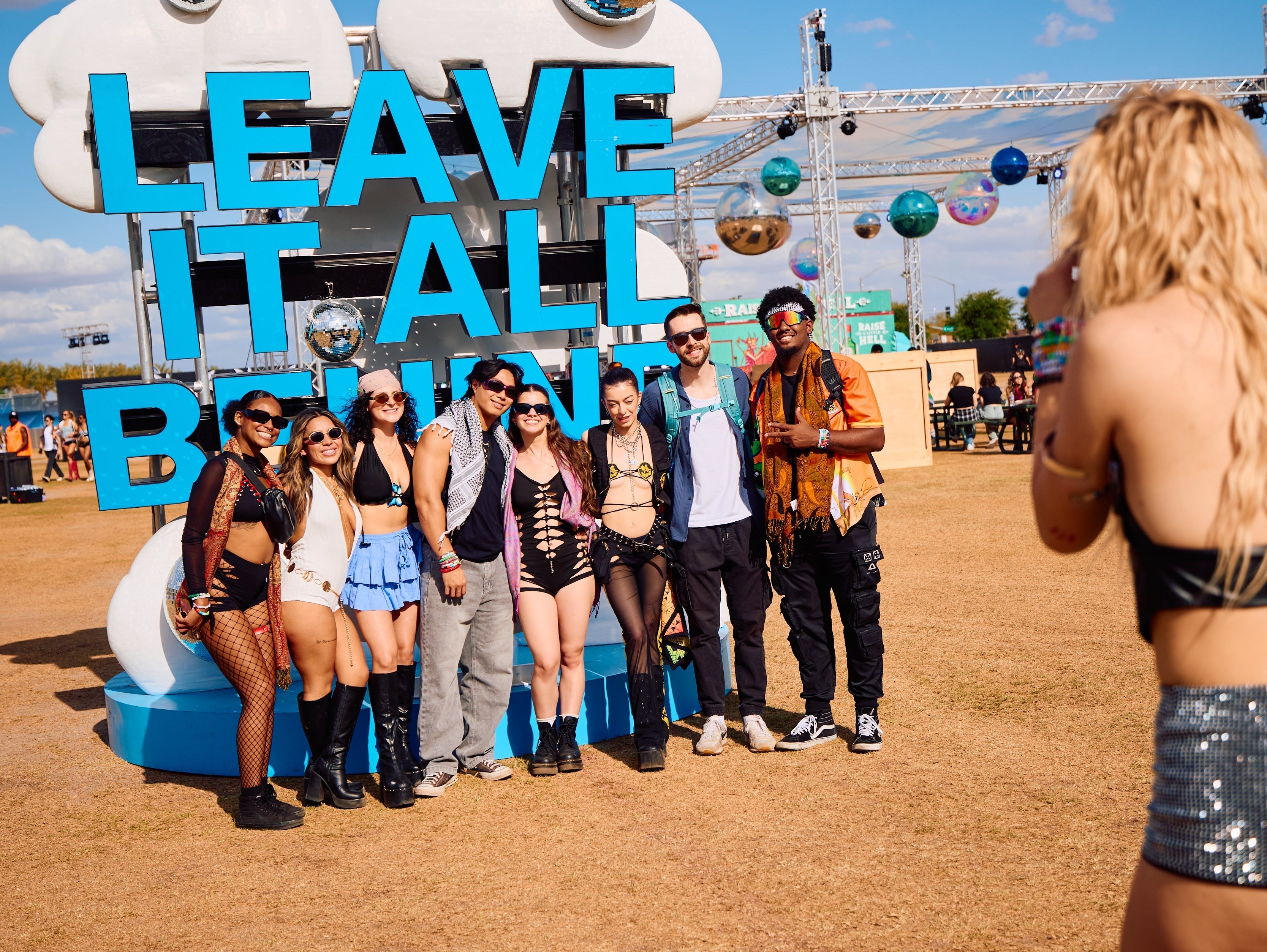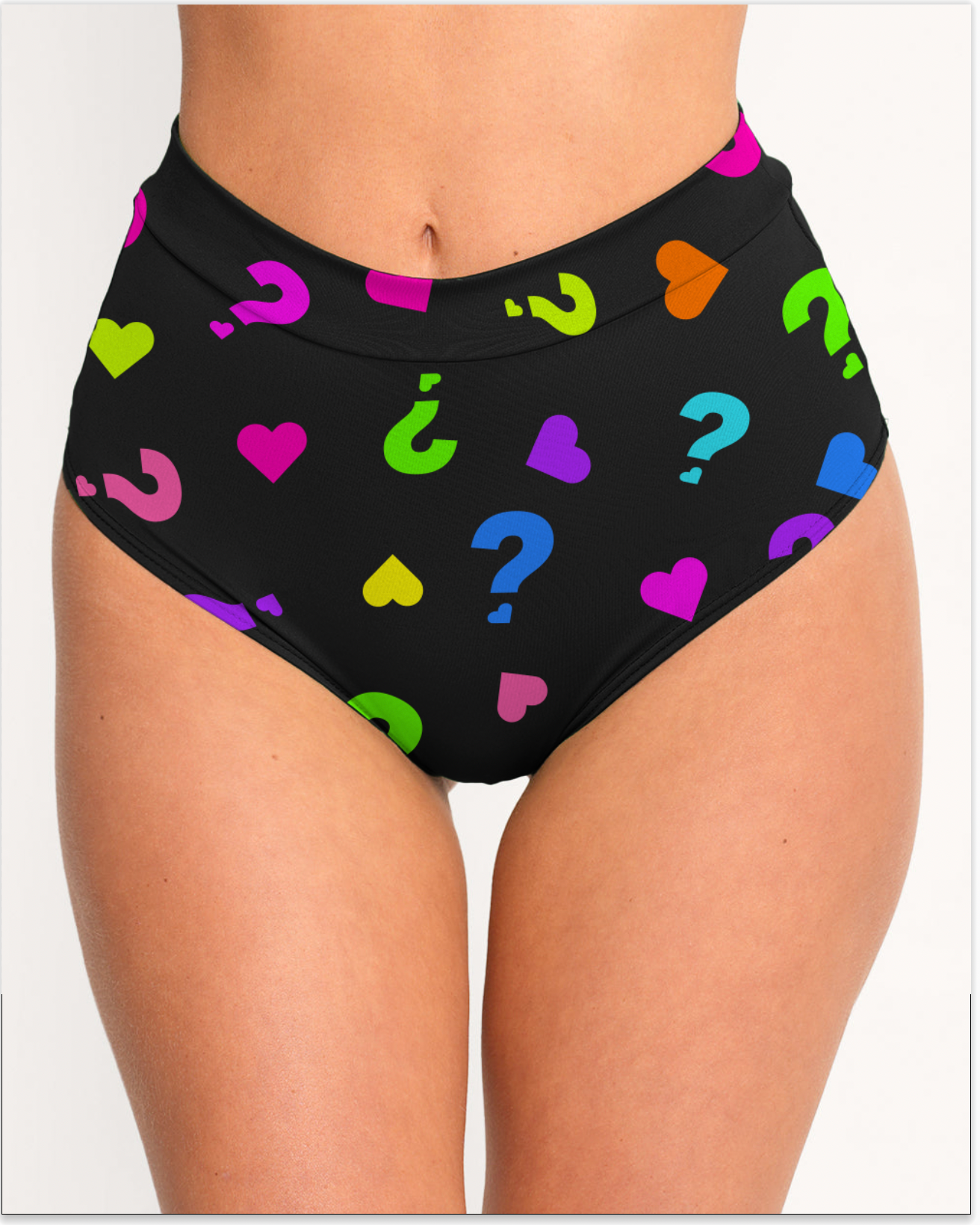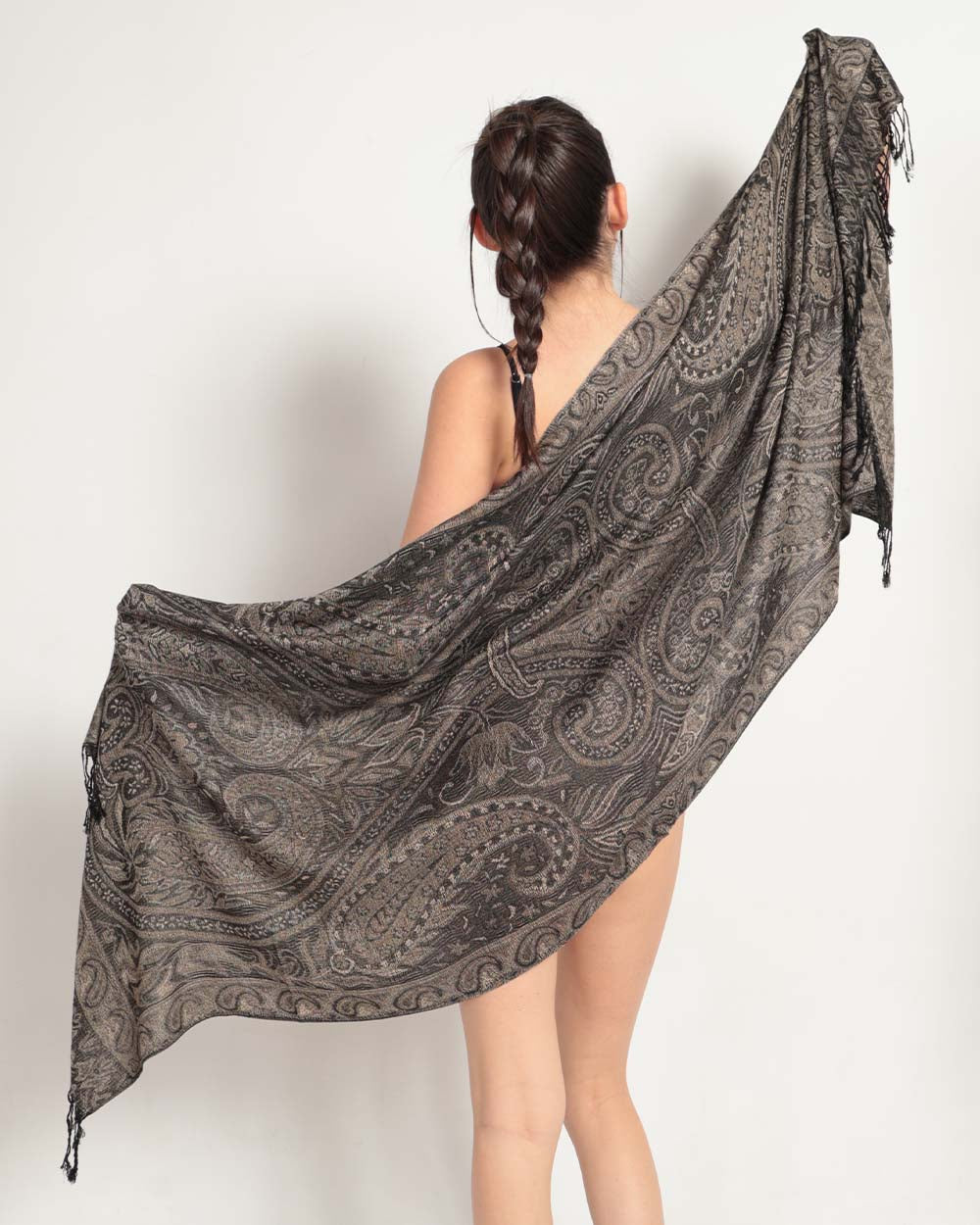If you’ve hit up a rave or festival lately, you might have noticed something a little different playing while heads are banging on the dancefloor. Riddim is one of the latest subgenres sweeping the EDM scene, but its quick rise in popularity is not without controversy. For some, riddim is the next big thing, while others are quick to dismiss it as a watered-down version of early dubstep. Whether you view riddim as the best music the underground has to headbang to or you think it’s the biggest joke this side of Coachella, riddim has established itself in EDM culture and it doesn’t appear to be going away anytime soon. So, what is riddim? Let’s start at the beginning.

Photo Credit: @nbkittiekat_
What is EDM?
It’s impossible to talk about riddim without first understanding EDM and its origins. EDM is an acronym that stands for electronic dance music, and it’s sometimes also referred to as electronic music or dance music. EDM is commonly played at clubs, raves, and music festivals because it’s produced with dancing in mind, but you can also hear it on music streaming sites like Soundcloud and Live Nation radio. In the broadest terms, EDM features a repetitive percussion track, usually with a melody played by a synthesizer laid over the percussion. EDM has many different subgenres and remixes, each with distinctive characteristics of their own, so don’t expect all EDM to sound the same.
Where Did EDM Originate?
EDM first started appearing in the music industry in the 1970s, but the music on your playlist today bears almost no resemblance to those early songs. The genre has evolved considerably over the past four decades, when it originated from the disco music of the late 70s. Disco used many of the same synthesized percussion sounds and electronic instruments that are used today to get people out on the dance floor. Some of the early pioneers of the genre include Pete Bellotte and Giorgio Moroder, who wrote the synthesized disco song “I Feel Love,” by Donna Summer. Not only did that particular song usher in a new era of synthesized pop that would continue into the 1980s, Bellotte and Moroder would later go on to collaborate with Daft Punk, helping to connect today’s EDM to its roots.
Ultra synthesized pop is what we think of when we think of classic 80s hits like “Take On Me” and the song that is today considered one of the first house records, “On and On,” by Jesse Saunders. The ultra synthesized pop of the 80s brought the level of synth up a notch, but the music of the 1970s and 80s still wouldn’t be recognizable to today’s EDM fans. It wasn’t until the 1990s when the sounds we know today were introduced via techno, house, hardcore rave, dub, trance, and drum and bass music. EDM exploded in popularity in Europe, where it eventually spread from rave culture into night clubs. Popular EDM songs in the 90s included “Strings of Life” by Derrick May, which helped introduce techno in the US.
While momentum continued to build in the 1990s, it wasn’t until the early 2000s that EDM became a major part of mainstream American popular culture with the introduction of producers like Daft Punk, Avicii, Hardwell, Diplo, Martin Garrix, Tiesto, David Guetta, and Skrillex. No longer was EDM limited to raves and clubs; in the 2000s, all you had to do to hear EDM was turn on any Billboard Top 40 radio station. Today, EDM sounds are used by most mainstream pop and hip-hop artists, including everyone from Drake to Taylor Swift, Justin Bieber, Marshmello, and Lady Gaga. Even if you consider yourself unfamiliar with EDM, if you listen to popular music today, one of your favorite songs probably fits into the genre.
Origins of Riddim
It’s believed that the term “riddim” was first coined by Jakes around 2012. Riddim is the Jamaican patois (slang) pronunciation of the English word “rhythm,” and it refers to the instrumental accompaniment of a song in dancehall and reggae. Riddim is seen as a subgenre of dubstep, which is considered a subgenre of dub, which is a subgenre of EDM. That’s a lot of subgenres! Dub was born in London in the late 90s and is characterized by overwhelming bass, occasional vocals, clipped samples, and reverberant drums. It’s considered a fairly aggressive type of EDM, so if you’re listening to dub, you can be certain that there’s plenty of headbanging going on around you. The three subgenres of dub include dubstep, trap, and glitch-hop. Dubstep is characterized by a high number of beats per minute and rhythmic percussion patterns with huge drops. Riddim is considered the grime, swaggy side of dubstep by its enthusiasts, who view it as a simple style with its own culture. Others view it as a subgenre of dubstep that harkens back to dubstep’s early days but doesn’t create anything new. As the saying goes, “all riddim is dubstep, but not all dubstep is riddim.”
Riddim Characteristics
How you describe riddim depends a great deal on whether you love it or hate it. Riddim lovers would describe it as minimalist and focused on the flow and vibe, with the rhythm of the track being the most important characteristic. Riddim is largely built on loose drum arrangements and can sound repetitive and chaotic at times. Percussive triplets and extreme bass lines are also major hallmarks of riddim, which rarely uses any vocal overlays, heavy melodies, or crazy chord cadences. Riddim is often described as aggressive and swampy, and many people associate it with the underground dubstep scene, although it has become much more mainstream over the past few years. Riddim typically features 140 to 150 beats per minute, like dubstep, but is considered to have more space and wide delays between sounds. This is major headbanging music, and “chaotic” is definitely one way to describe the energy that builds on the dancefloor when riddim comes on. If you're attending a riddim show, you'd probably wear something more edgy than your standard rave 'fit.

Photo Credit: atomicblonde13_
Controversy
The controversy over riddim is largely a tale as old as time - the battle between the old and the new. Primarily, the controversy surrounding riddim as a subgenre is based on the belief that it isn’t a subgenre at all, but rather, a return to earlier forms of dubstep. Much of the issue surrounds the fact that newcomers to the scene may be inclined to “find” riddim and think it’s something new because they are unfamiliar with previous sounds of the subgenre. Dubstep purists and people who do not view riddim as a subgenre believe that it should simply be called “dubstep.” Dubstep began to take off in the United States in the early 2010s with the release of Skrillex’s EP, Scary Monsters and Nice Sprites. Around this time, EDM enthusiasts noticed a split in dubstep and a new era was ushered in featuring screeching synths and long build-ups with a big drop. At this point, dubstep began to move into two different directions. The music that trended more towards the mainstream became known as, "brostep", while the music that resonated with the underground became known as riddim. Today, the sound is very different from mainstream dubstep, which often features heavy melodies and vocal tracks, but purists state that riddim is simply a return to dubstep’s roots rather than an evolution of the subgenre.
Popular Artists
Because riddim is considered underground by many, dubstep artists and riddim producers popular within the subgenre are not as well known as popular artists from other subgenres. However, riddim is currently experiencing a boom in popularity. Two of the biggest riddim artists are Subfiltronik, who is credited with establishing what we consider the riddim sound today, and Shiverz, one of the most prominent riddim DJs in the world. Other popular artists who have been making riddim since before it was cool include Megalodon, Herobust, Boogie T, Bloodthinnerz, Deemed, Juju, and Roto, along with crews like the Wizards, the Akatsuki Chop Music Crew, and the Monsters crew.
Popular Tracks
If we had to pick one quintessential riddim song that encapsulates the qualities of the subgenre, it would be “Psycho Blockz” by Subfiltronik. Other huge hits include “Yasuo” by Crowell and Bommer, which is generally regarded as the first true riddim song, with new music coming out every day. One of the best places to find new riddim music is the riddim subreddit, which features tons of new tracks and discussion about the subgenre daily.
Where to Listen
Riddim might still be considered slightly underground, but you can hear it at many different raves and festivals. Lost Lands is a music festival known to feature riddim artists, as is the Imagine Music Festival, and other dubstep festivals are great options for hearing riddim. You can also find riddim artists on soundcloud, spotify, and other forums, including live nation radio.
Check out this Riddim playlist, created by iHeartRaves!
Whether you love it or hate it, riddim has now been around for nearly ten years and unlike other trends within the EDM genre, it appears that it’s here to stay.



